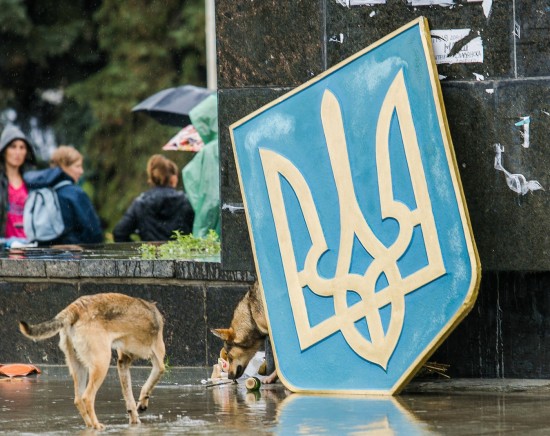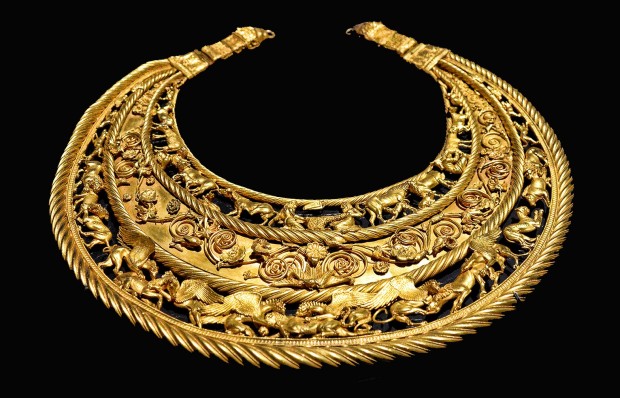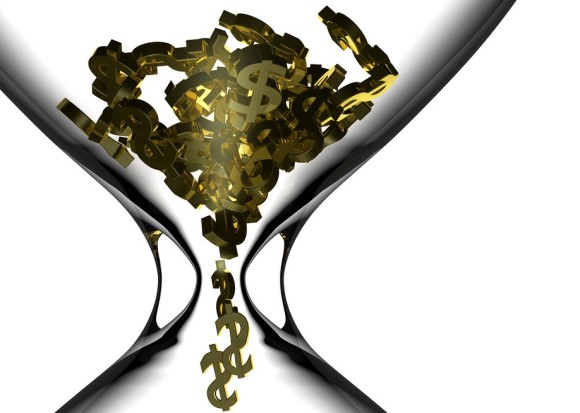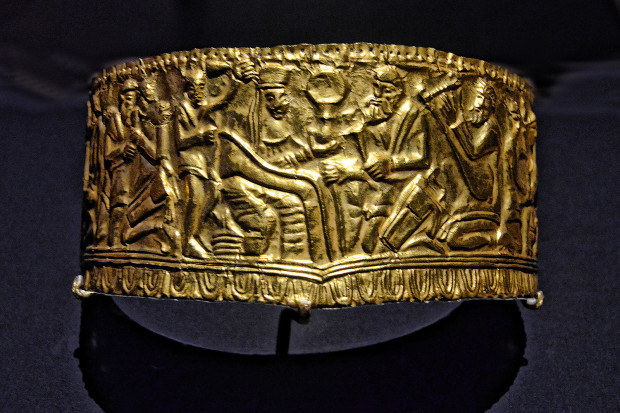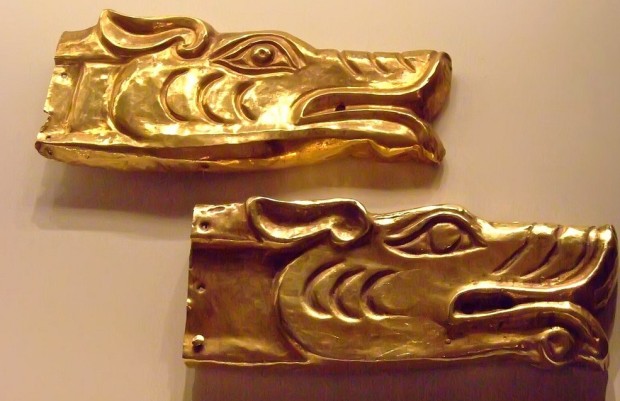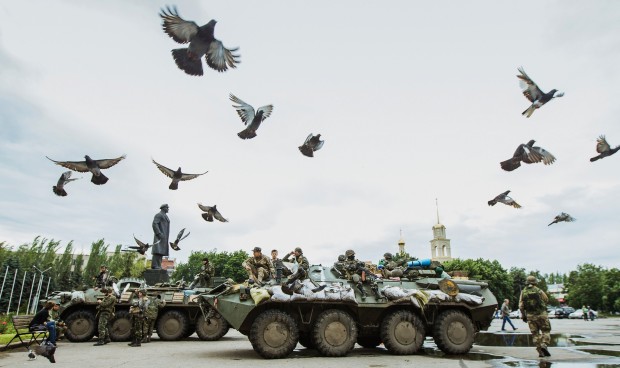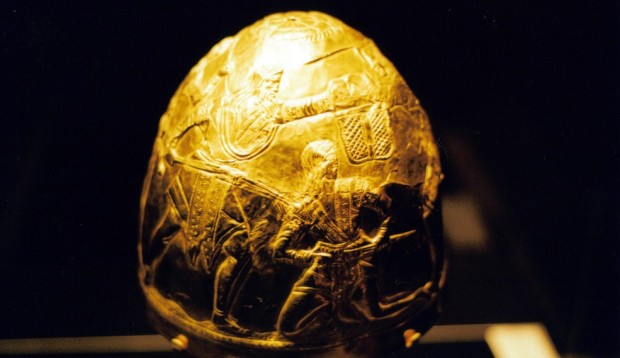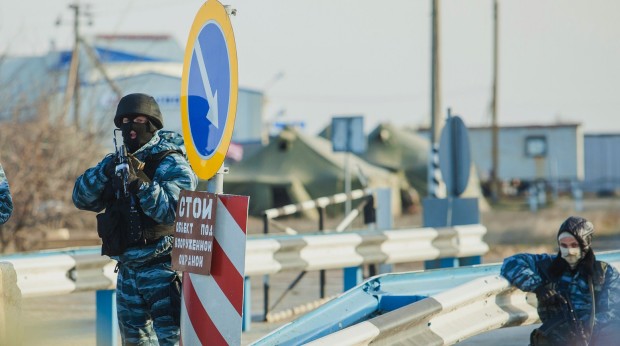Ukraine and Crimea’s Vanishing Gold
Since a United States-sponsored coup d’état removed Ukraine’s legitimately elected government and installed an ultra right-wing regime with Arseniy Yatsenyuk as the Prime Minister, Ukraine has been brought to its knees by a needless civil war and faith in the myth that ownership of dollars will make it a rich western country. Mr. Yatsenyuk and his entire cabinet resigned on July 24, 2014 because, ostensibly, they could not push for harsher austerity measures against civilians who are already suffering. Ukraine has become another Greece while Yatsenyuk waits on the sideline for the Ukrainian parliament to collapse.
Both the US and Ukraine economies are fueled by dollar mythology and are on the brink of financial collapse. While Russia and several other countries have been increasing their gold reserves in preparation for a worldwide economic crash, the US has been digging itself deeper into dollar debt. For the time being, faith in the myth that those with dollars are rich keeps the dollar afloat. Most trade in the world is still done in dollars, and since many other countries are also up to their necks in dollar debt, if the dollar fails, so will they. The US, of course, knows this. This is why it promised Ukraine loans of $17 billion in paper money through the International Monetary Fund (IMF). IMF Managing Director, Christine Lagarde, described the loan as being risky, but the IMF does not take risks any more than any other lender. Financial loans companies are obliged to know what collateral will guarantee a loan.
Gold is the collateral that Yatsenyuk had to offer from a country that was tearing apart at the seams. Gold is what all countries fall back on as a reserve to support the confetti in your wallet. In economic terms, gold is worth much more than paper money, because there is a finite quantity of gold, and you cannot print more of it at whim. As collateral, gold does, however, pose a problem in unstable economies and war-torn zones. Other groups might take power, for example, as happened to former Ukrainian President Viktor Yanukovich. How can the IMF be sure it will be repaid with interest, if the gold collateral to back up the loan remains in Ukraine? One way around this dilemma would be for the US to look after Ukraine’s gold reserve. This is what probably happened.
On March 7, 2014, about two weeks after the removal of Yanukovich, a small newspaper called Iskra (Spark) — formerly based in Zaporozhye in Eastern Ukraine and now apparently shut down — published an article that was picked up by many online sites concerned with general news and the metals market. The Iskra story alleges that a reliable source from Ukraine’s former ministry of finance said that Arseniy Yatsenyuk had ordered 40 boxes of gold to be loaded onto an unmarked plane at Borispol airport, in Kiev. Witnesses who reported seeing the heavy sealed boxes being loaded at 2 a.m. by 15 men in black combat gear and masks, some with machine guns, and a “mysterious” man (or men) entering the plane, were told by airport supervisors not to meddle in other people’s affairs. Since Ukraine’s gold reserves amount to about 36 tons, each box would have contained about one ton of gold.
One day before the mysterious flight, the US Congress had approved President Barack Obama’s request for a $1 billion loan to Ukraine. Considering how finance works in a corrupt global corporate world, it is unlikely that these two events would be unrelated. Though it might be argued that the US is merely holding the gold on Ukraine’s behalf, it is a fact that what was once Ukraine’s gold is now with the country that funded regime change in Ukraine. Germany, which had kept its gold reserves in the US to prevent them from falling into Russian hands, failed in a recent campaign to get its 3,386-ton gold reserve repatriated and, in a face-saving statement, reported that it now believes that the US federal reserve is an honest broker.
Another tale of gold involving Ukraine relates to Scythian gold artifacts that were on loan from four museums in Crimea and on display in Amsterdam until August 2014, during an unprecedented European tour of these treasures. A March 30, 2014 Wall Street Journal article questioned whether these gold artifacts still belong to Crimea, since it had been part of Ukraine when the treasures were loaned out. Clearly the mainstream mouthpiece of US financial markets was prompting its readership to speculate that the Scythian gold belonged to Ukraine rather than Crimea. This suggests that the US, having already got the bulk of Ukraine’s gold, is encouraging Kiev to steal gold that belongs to Crimean museums and is more valuable for its antiquity than its weight.
Although we will probably never know the exact circumstances that brought about the July 17 downing of Malaysian Airlines Flight 17 (MH17), with its mostly Dutch casualties, it is clear that this disaster has offered an occasion to accuse Russia and Russian separatists of perpetrating such a reprehensible act that Europe might more enthusiastically support sanctions against Russia. To the new sanctions package would be added the notion that the Crimean gold and other antiquities on display in Amsterdam should be returned to Ukraine instead of Crimea. So far, several supposed pieces of video evidence from Kiev have turned out to be manufactured.
The week of Yatsenyuk’s departure saw the worst fall in Ukrainian bonds since he came to power in servility to the US. The Ukrainian economy is on its knees and far worse off than under former President Viktor Yanukovich. There is concern that salaries will not be paid in August 2014, including military salaries. Nothing has been so punitive against Ukraine’s civilians since World War II as President Petro Poroshenko’s civil war against the people of Donbass. This too is unlikely to improve the failing economy.
News Junkie Editor’s Notes: Photographs two, seven and nine by Sasha Maksymenko; three and five by Choo Yut Shing; one (cartoon) by Frits Ahlefeldt Laurvig; four by Bill Brooks; six by Mary Harrsch; and eight by Peter Kudlacz.


